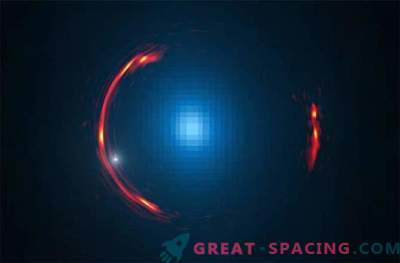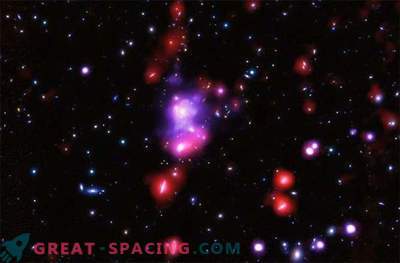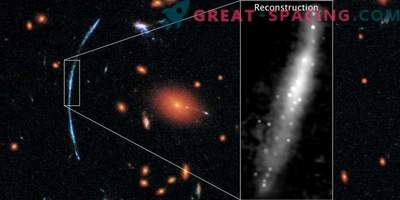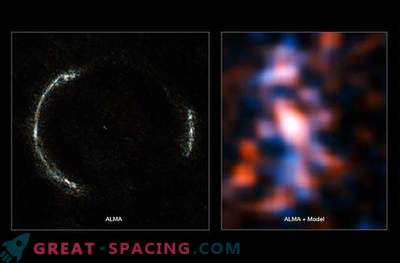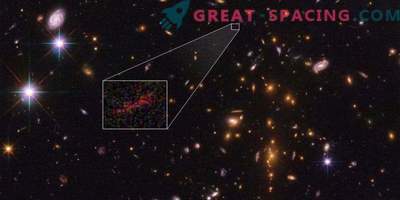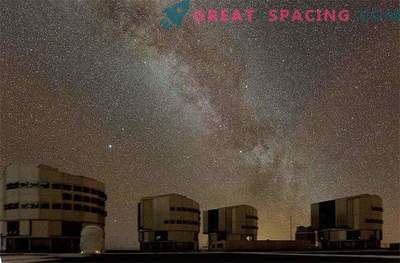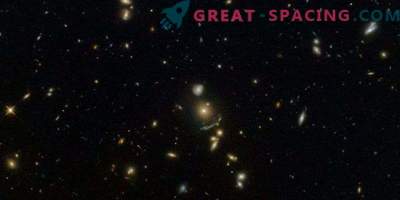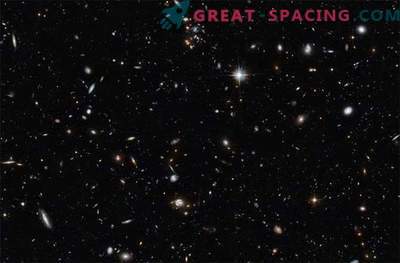
In November 1915, Albert Einstein published his famous theory of general relativity, which revolutionized physics and changed our view of the Universe.
A key component of the general theory of relativity is that a massive object, such as planets, stars, galaxies or clusters of galaxies can have dramatic consequences for the “fabric” of the Universe, known as “space-time”. Under normal conditions, light travels through space in a straight line, but a massive object bends space-time in such a way that light travels along a curved path. Thus, we may be able to see the distorted light of distant galaxies, which passes through massive galaxies on the way to Earth.
And of course there are many examples caused by these mechanisms, known as the “gravitational lens”. These artifacts can be used to increase the capabilities of the most powerful telescopes.
In this image, taken by the Hubble Space Telescope and the NASA Chandra X-ray Observatory, the Cheshire Cat looks at us. In fact, this cluster of galaxies is located at a distance of 4 billion light-years from Earth in the constellation Ursa Major. Part of the light of these galaxies was deformed and curved on its way through the Universe, until it reached our telescopes.
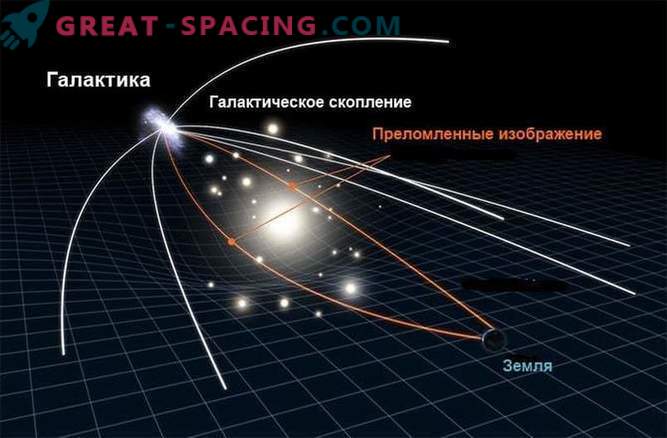
This diagram gives a good idea of how a gravitational lens works. Light emanating from a distant galaxy passes through space and surrounds a cluster of galaxies in the foreground. Interestingly, the mass of clusters of galaxies in the foreground has a similar effect for this high beam, like a glass lens placed in front of a candle flame. Gravitational lens allows you to enhance the light of distant galaxies, creating a natural lens in space, which otherwise would have remained too dim to be seen.

Of course, the alignment of the Earth, a gravitational lens and a distant galaxy is not always perfect. In addition, the object on the front of the planets, as a rule, has an irregular shape. These factors make distant galaxies look like arcs. The same galaxy with different gravitational lenses can be designed differently.
This image, taken by the Hubble Space Telescope, presents a cluster of galaxies Abell 370, in which you can see several visible arcs of galactic light. Often, to define clear dimensions, these arcs can be reconstructed to show how the galaxy looks without distortion.
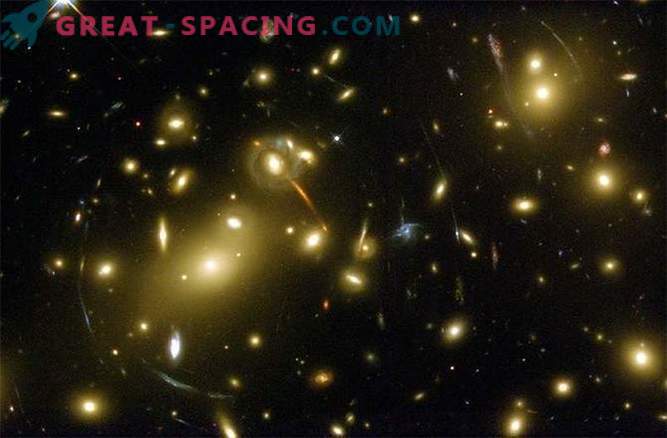
This is another massive cluster of galaxies Abell 2218, which is filled with some amazing examples of gravitational-lens galaxies. These arcs are light from galaxies located 5 to 10 times farther from Earth than a cluster of galaxies. Abell 2218 amplifies the faint light from galaxies that existed more than 13 billion years ago, less than a billion years after the Big Bang. These arcs are really artifacts of the beginning of time.
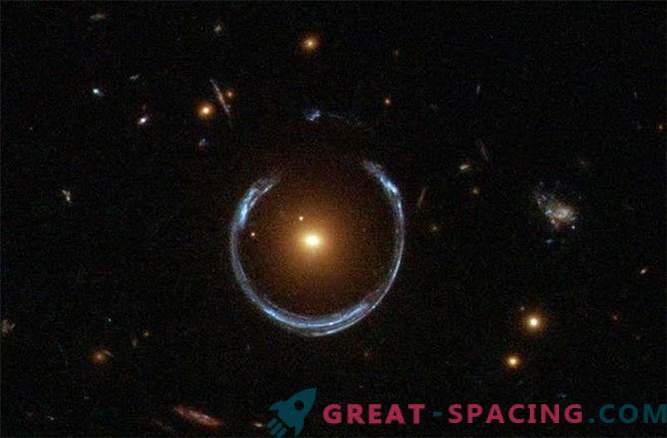
If the alignment is perfect and the lens object is less complex than a cluster of galaxies, then you can see almost perfect circles of light or horseshoes, where the light of a distant galaxy deforms 360 degrees around the lens object. For example, the passage of an isolated massive black hole in front of a distant galaxy could create such a dramatic scene.
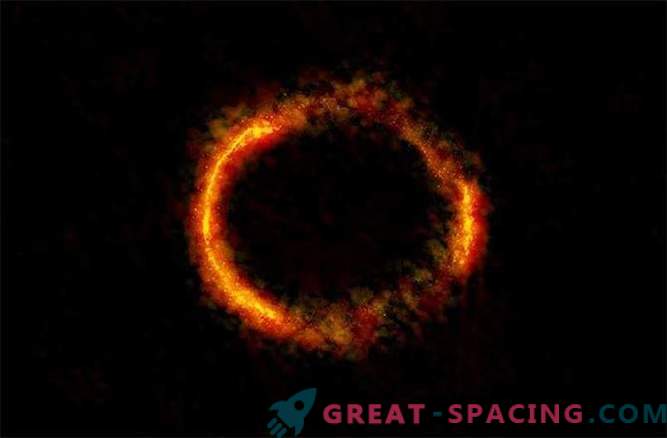
As you can see in this striking image obtained by the Atakam Large Millimeter / Submillimeter Grid (abbreviated: ALMA. English: Atacama Large Millimeter / submillimeter Array), the light of a distant galaxy formed a full circle, aptly named “Einstein's ring.” Light originated from an ancient star-forming galaxy called SDP.81 and is the best example of Einstein's ring today.

Sometimes several images of the same object can be seen around gravitational lenses. An ancient supernova can be observed in this amazing image, which was magnified many times by a massive galaxy contained in the cluster MACS J1149.6 + 2223, located 5 billion light-years. The supernova itself is located at a distance of another 4000000000 light-years and four times refracted around the lens object. Such a structure is known as the “Einstein Cross”.
